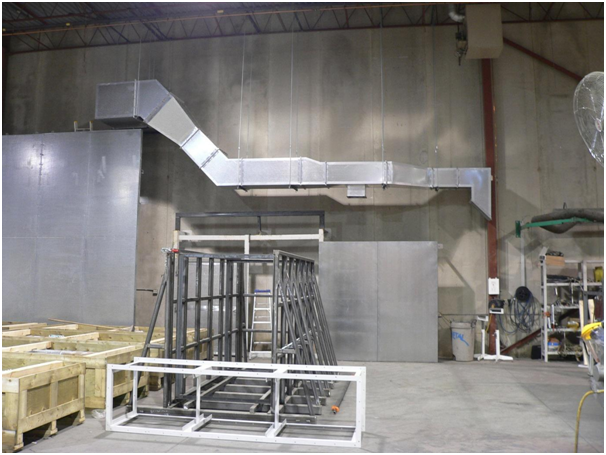Ducting is used in a wide variety of situations, for heating and ventilation (HVAC) systems and for extracting fumes and dust, for example. But it comes in a number of different types, most notably flexible ducting and rigid, metal ducting.

The essential difference between these is obvious, but there are other considerations too which we need to look at in more detail.
Flexible ducting
A flexible duct can be made of a number of different materials. These include PVC, rubber, stainless steel, galvanised steel and coated polyester fabric. Silicone Hose Manufacturers like https://www.goodflexrubber.com/pages/silicone-hose-manufacture are a good bet for this. Its advantages are that it’s easy to handle and to attach to plant or to more rigid ducting and this can be done using metal band clamps or zip ties. This means it’s easier and faster to install, especially in existing structures.
The material you choose for your ducting will depend on the environment as in extreme conditions some will stand up better than others. A galvanised spiral duct from a supplier, will be more resistant to heat and cooling. You also need to think about factors like abrasion and exposure to the elements.

With flexible ducting, it’s important to plan the installation to avoid sharp curves and kinks as well as long unsupported runs. Joints need to be supported and it’s also important to ensure that they are properly sealed. This type of ducting works best for short runs and for adding branches to existing systems.
Metal ducting
Rigid metal ducting is usually specified when it’s being installed at the building stage rather than being retrofitted to an existing structure. It requires more detailed design and measurement and careful installation to ensure that it does its job effectively.
Metal ducting is commonly used for heating and air conditioning systems and planning for it needs to take account of the level of heat and volume of air to be moved and metal ducting offers lower resistance to air flow, so the system is likely to be more efficient overall –https://www.gov.uk/government/publications/air-conditioning-inspections-for-buildings.
Metal ducting is a more expensive option to install initially. However, it can deliver savings in the long run as ongoing maintenance costs are likely to be lower. The choice ultimately comes down to the size and type of system, how it’s going to be used, the location and design of the building, and of course, the budget.


